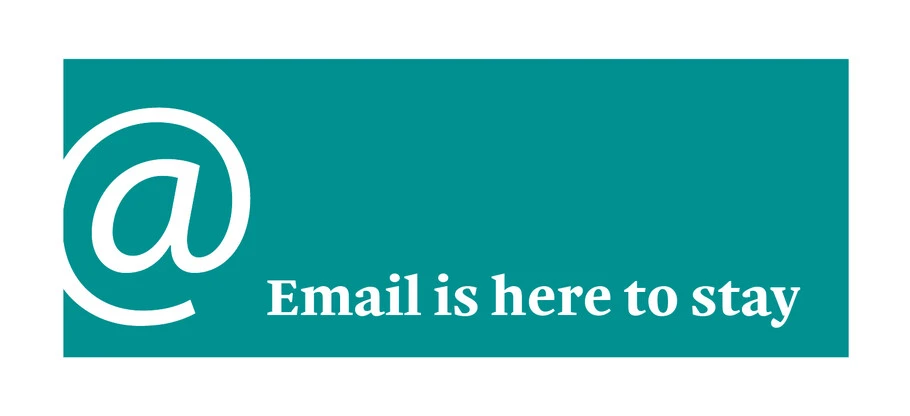How web fonts help you build emails customers actually want.

It seems like email marketing is always escaping the chopping block. As new marketing strategies come and go, email remains one of the most effective ways brands can reach their customers.
Despite being “old” in technology years, email marketing has managed to evolve and innovate with the times. And unlike more modern strategies such as retargeting or social media advertising, email requires individuals to opt in, resulting in a higher degree of engagement with the customer.
All this means that email is here to stay. If anything, we’re on the cusp of a new era for email marketing, in which brands invent creative new ways to interact with their customers via the inbox.
So, how can you stay relevant? Here’s a hint: It’s web fonts.
First, get personal
Recent marketing innovation has revolved around personalization. Personalized content is no longer a “nice to have” or a way of distinguishing your brand from the competition. Customers expect it, they want it, and it helps drive ROI. According to a recent Infosys survey, 86% of consumers say personalization has at least some influence on their purchasing decisions, and 25% say it “significantly influences” what they’ll buy.

For brands, these capabilities make email an indispensable component of your marketing strategy. Eighty percent of marketers queried in Salesforce’s 2016 State of Marketing report say email is core to their business, and 79% of marketers said email “directly generated ROI,” up from 54% the previous year.
Personalization can take many forms, from simple name tokens to highly targeted content based on a user’s activity. Triggered emails that follow a user action are highly effective, from a simple registration “thank you” to abandoned cart messages, as well as offers and product emails based on site activity. Even purchase confirmations offer an opportunity to connect with customers one-to-one.
Then, get on brand
Unfortunately, personalization often comes at the expense of branding. Brands tend to rely on web-safe system fonts, which results in a bland, off-brand appearance. System fonts come pre-loaded on phones and computers. Unless one of these happens to be your brand’s font, the contrast can be jarring and disruptive for the user.

Using web fonts allows you to combine the personalization customers want with a cohesive brand identity that transitions smoothly from website to email. Who among us hasn’t ordered something, only to receive a generic purchase confirmation bearing no visual connection to the brand? Attention to these sometimes overlooked details distinguishes your brand and elevates the user experience beyond mere function.
As well as personalization, customers today expect a unified brand experience across all channels. In fact, many customers don’t even distinguish between channels when interacting with a brand—your brand is your brand wherever it is. And 69% of customers say a retailer’s consistency across channels affects their loyalty, according to Infosys.
The reason is simple: Customers jump from device to device throughout the day, and an uneven brand experience on one channel disrupts what should be, to those customers, a natural flow.
Finally, go beyond
Once you have your personalization in place and your branding on point, it’s time to think bigger. Emails have evolved beyond their static origins, and brands are innovating new ways to bring interactive experiences to the inbox.

In addition to delivering an on-brand look and feel, web fonts open up interactive possibilities system fonts can’t support. From live Twitter feeds to in-email shopping functionality, brands can merge the website and email experience into something new and highly targeted to the consumer. Since web fonts are live text, the copy can be changed easily and on the fly simply by adjusting the code.
This approach is essential as consumers further blur the lines between channels. People expect brand interactions to be quick and painless, and that they’ll transition smoothly from one device or environment to another. Brands need to be ready to deliver on those expectations.











